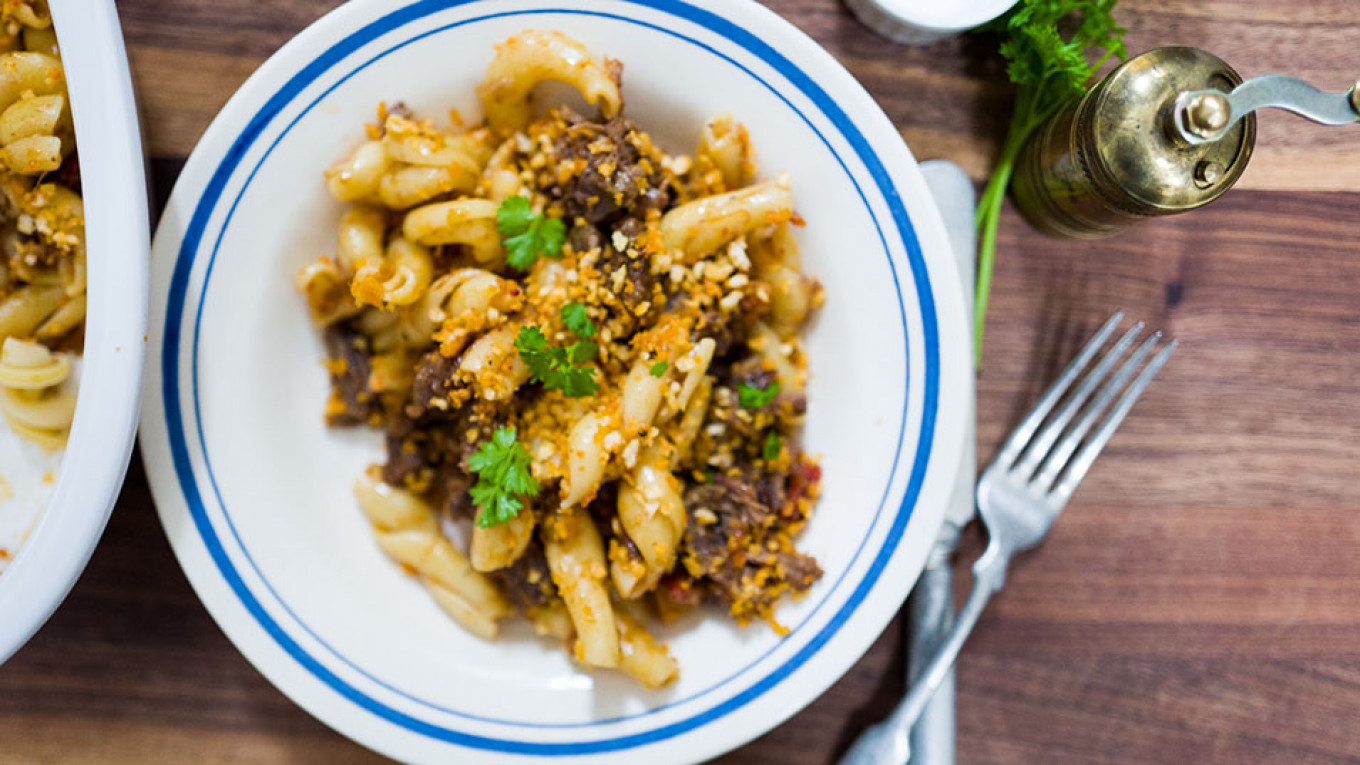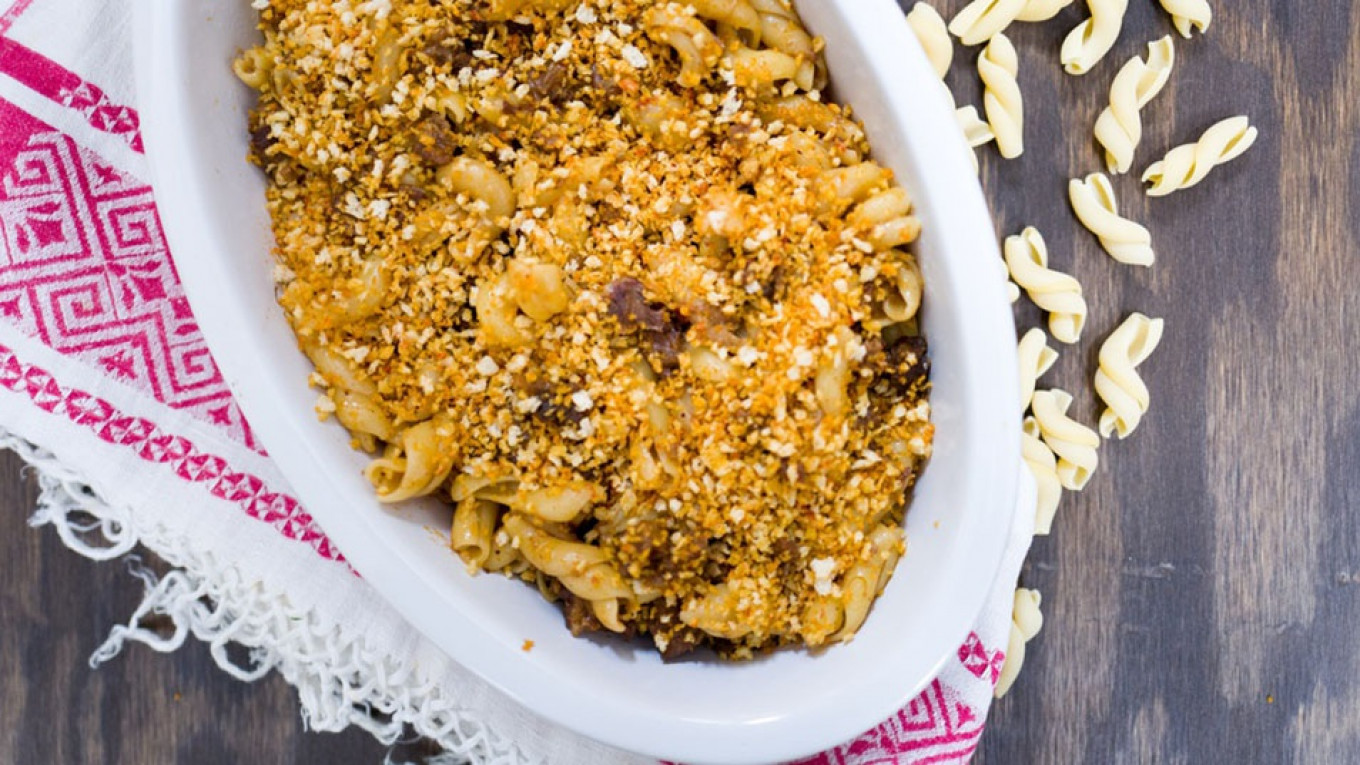The end of October and first half of November are filled with holidays honoring Russian, Soviet, American and even the world’s armed forces. It all begins with Russian Navy Day (Oct. 30); then Russian National Unity Day (Nov. 4) honoring, in part, the local army that routed the Polish invaders; followed by Revolution Day (Nov. 7); Armistice Day -- this year, a century since the end of World War I (Nov. 11); and U.S. Veteran’s Day (also Nov. 11, but celebrated by a day off on Nov. 12).
But it all began on Oct. 30 with Navy Day in Russia. On this day in 1696, Tsar Peter the Great famously instructed the Council of Boyars to create the Russian navy. The origin of Peter’s fascination with boats, navigation, and all things seafaring is the stuff of legend, dating back to his childhood spent in the quiet village of Preobrazhenskoye on the outskirts of Moscow. It was here that he discovered the remains of a small, ocean-going vessel with a deep keel. The foreign merchants who lived in Preobrazhenskoye helped Peter repair the boat and — so the legend goes — inspired a passion for the sea.
By the early 18th Century, Russia had become a maritime force to be reckoned with. Peter’s successors continued to pursue his dream of naval dominance on all of the five of the oceans and seas washing Russia: Catherine II brought control of the Black Sea back to Russia, founding the Black Sea Fleet and the city of Sevastopol. Russia fought the Ottoman Turks for preeminence throughout the nineteenth century and built up its fleets in the Pacific, Azov, and White Seas.
Throughout the first half of the tumultuous twentieth century, the Russian Fleet navigated choppy waters from the destruction of most of the Pacific Fleet at the hands of the Imperial Japanese Navy in 1905, to heavy losses during World War I, the Russian Revolution, and the Civil War. Many of the high-ranking naval officers were imprisoned during the Stalin-era purges, and the Soviet Navy suffered significant losses in World War II. But resilience is a watchword for the Russian Navy, and today Russia boasts over 150,000 active service personnel in its Naval fleets: The Baltic, The Black Sea, The Pacific, The Northern, and the Caspian Flotilla.
Feeding hungry sailors
To keep the navy afloat, all those thousands of sailors need to be fed. Enter: Makaroni Po-Flotsky (Navy Macaroni).
The dish, which is still served to the armed forces with appalling regularity, consists, on its most basic level, of over-boiled pasta tossed with ground meat, either fresh-minced or the dreaded “tushonka” (canned) meat. The result is stodgy and tasteless dish with not much to recommend it save for the affordability of its ingredients.
Theories abound about how Makaroni Po-Flotski emerged as such a staple of the Russian diet. Did Russian sailors try to recreate a Bolognese or Ragu recipe they’d enjoyed in Italian ports? Or was it that macaroni and tushonka were cheap, available non-perishables, ideal for provisioning a large ship for a lengthy voyage?
Or perhaps my own theory that, if left alone for long periods, this is precisely what a bunch of Russian men might come up with?
Cookbooks for the masses
Although Yelena Molokhovets offered a few pasta dishes in her authoritative “A Gift to Young Housewives,” first published in 1861, it is clear that pasta ranked low on the starch scale for Russia, which is hardly surprising given its lack of nutrients when pitted against power grains such as buckwheat or the perennially popular potato. The first mention of anything remotely like Makaroni Po-Flotsky appears after the Revolution in the seminal post-war cookery book, “The Book of Tasty and Healthy Foods,” curated by Anastas Mikoyan.
Cooking from “The Book of Tasty and Healthy Foods” is at once intensely frustrating and deliciously liberating. It reflects the obsession with the mass-produced foods of the period, and “open a tin of…” comprises the most frequent instruction. The Book leaves the field wide open when it comes to specifics of ingredients and methods of preparation. The recipe for “Meat and Pasta” is no exception. It instructs the cook to “…grind meat (it’s not too fussy about what kind) then cook it. (Boiled or fried. Whatever.) Once it’s done, you grind the meat again. (Why?) You can add some grated onion. Or not. Then add an egg (which I cannot think is a great idea) then top with butter and breadcrumbs and bake in the oven.”
The Book offers so few guidelines on this recipe, that I had no trouble pivoting to oxtail to make my updated version of Makaroni Po-Flotsky, and in place of the traditional long thick spaghetti, using a shorter-cut extruded pasta to make sure there are plenty of nooks and crannies for the sauce to cling to. Oxtail, like short ribs (which are an excellent substitute if you can’t find oxtail), are still quite cheap in Russian markets but are among the tastiest cuts thanks to their abundant marrow and fat. They are perfect for a long, slow braise, which turns them into a delectable ragu. I added a little tomato paste and a few other ingredients to build flavor, but nothing that isn’t readily available and affordable at your local Magnolia. Once done, I followed the Book’s lead on breadcrumbs and a quick trip under the broiler.
The resulting dish takes a bit longer than Comrade Mikoyan might have imagined but is something I think even Peter I might have relished. Honor your favorite sailors or soldiers and enjoy.
Makaroni Po-Flotsky
Ingredients
- 3-4 lbs (1.3-1.8 kilos) oxtail (substitute short ribs if you can’t find oxtail)
- 1 medium yellow onion, peeled and chopped
- 1 cup (240 ml) red wine
- 1 cup (240 ml) beef stock or water
- 6 cloves of garlic, grated
- 1 tsp paprika
- 1 lb (500 grams) of short-cut extruded pasta such as fusilli, casarecce, or gemelli
- 4 Tbsp olive oil
- 2 Tbsp blackberry jam
- 1 cup (240 ml) fresh herbs: parsley, basil, chives, rosemary, thyme
- 1 cup (240 ml) Panko-type bread crumbs
- 1 Tbsp prepared horseradish
- 2 Tbsp tomato paste
- 4 Tbsp butter, cut into tiny cubes
- Salt and pepper
- Garnish: fresh parsley
Instructions
- Preheat the oven to 275 ℉ (135℃). Adjust the rack to the middleof the oven.
- Remove the oxtail pieces from the refrigerator 1-2 hours before cooking so that they can come to room temperature. Blot them dry with paper towel, then liberally season all sides with salt and pepper.
- Line a large plate or baking sheet with paper towel. Heat 2 Tbsp olive oil in a deep, oven-proof braising pot with a lid. When the oil is shimmering, brown the oxtail about 2 minutes per side until each side is brown with a nice crispy fond. Be sure to leave plenty of room between the pieces — cook in batches if you need to. When the oxtail is finished, remove the prepared plate.
- Add half of the grated garlic and all of the onions to the pan juices and sauté over mediumheat until soft. Add the paprika and a pinch of salt and cook on low for an additional minute. Add the tomato paste and cook for another minute.
- Pour in the wine and stock (or water) and let the mixture simmer until the liquid is reduced by one-third. Add in the blackberry jam and horseradish and stir to combine.
- Nestle the browned oxtails into the onion mixture; the oxtails should not be completely covered by the mixture.
- Cover and cook in the pre-heated oven for 2½-3 hours. Half-way through, use tongs to turn the oxtails, ensuring that they cook evenly.
- The meat is done when it comes off the bones easily with a light prodding from a fork tine.
- Remove the oxtails from the pot and shred the meat from the bones. Discard the bones.
- For best results, pour the braising liquid into a non-reactive container and chill fo rseveral hours: the fat will rise and create a solid layer of fat on top that can be easily removed. If you are in a hurry and can’t wait that long, pour the braising liquid into a glass measuring cup and wait for about 20 minutes; pour off the fat that rises to the top.
- Combine the shredded meat and the de-greased braising liquid together in the pan and heat gently through. Add the chopped herbs. Set aside. This is your pasta sauce.
- Bring 10 cups of generously salted water to a rapid boil in a large pot.
- Heat the remaining olive oil in a small skillet over medium-low heat. When the oil is shimmering, add the remaining grated garlic and sauté until the garlic turns golden. Add the Panko-type breadcrumbs and gently fry until the crumbs turn golden. Remove from heat and set aside.
- Adjust your oven rack to three-quarters high and switch the broil function to medium.
- When the water is boiling, cook the pasta according to the package directions minus 1minute: you want the pasta to be al dente, not soft, and it is much better to err on the side of caution. While the pasta is cooking, decant 1 cup of the pasta water from the pot and set aside.
- Drain the pasta, but do not rinse! Return the pasta to the pot and adjust the heat to medium-low. Cook the pasta by adding a few tablespoons of the reserved pasta water and about ⅔-cup shredded meat and braising liquid sauce in turns until you have added all of the sauce. Toss the pasta to combine the elements; the pasta water and the sauce will gradually emulsify and cling to the pasta itself.
- When you have added all of the sauce, add 1 Tbsp butter to the mixture.
- Spoon the pasta mixture into a shallow, oven-proof baking dish. Dot the surface with the remaining cubes of butter and top with the prepared garlic bread crumbs. Run the dish under the broil for 5 minutes. Serve, garnished with chopped fresh parsley.
Jennifer Eremeeva writes about Russian history, culture, and cuisine. You can follow her on Twitter @JWEremeeva.

A Message from The Moscow Times:
Dear readers,
We are facing unprecedented challenges. Russia's Prosecutor General's Office has designated The Moscow Times as an "undesirable" organization, criminalizing our work and putting our staff at risk of prosecution. This follows our earlier unjust labeling as a "foreign agent."
These actions are direct attempts to silence independent journalism in Russia. The authorities claim our work "discredits the decisions of the Russian leadership." We see things differently: we strive to provide accurate, unbiased reporting on Russia.
We, the journalists of The Moscow Times, refuse to be silenced. But to continue our work, we need your help.
Your support, no matter how small, makes a world of difference. If you can, please support us monthly starting from just $2. It's quick to set up, and every contribution makes a significant impact.
By supporting The Moscow Times, you're defending open, independent journalism in the face of repression. Thank you for standing with us.
Remind me later.







